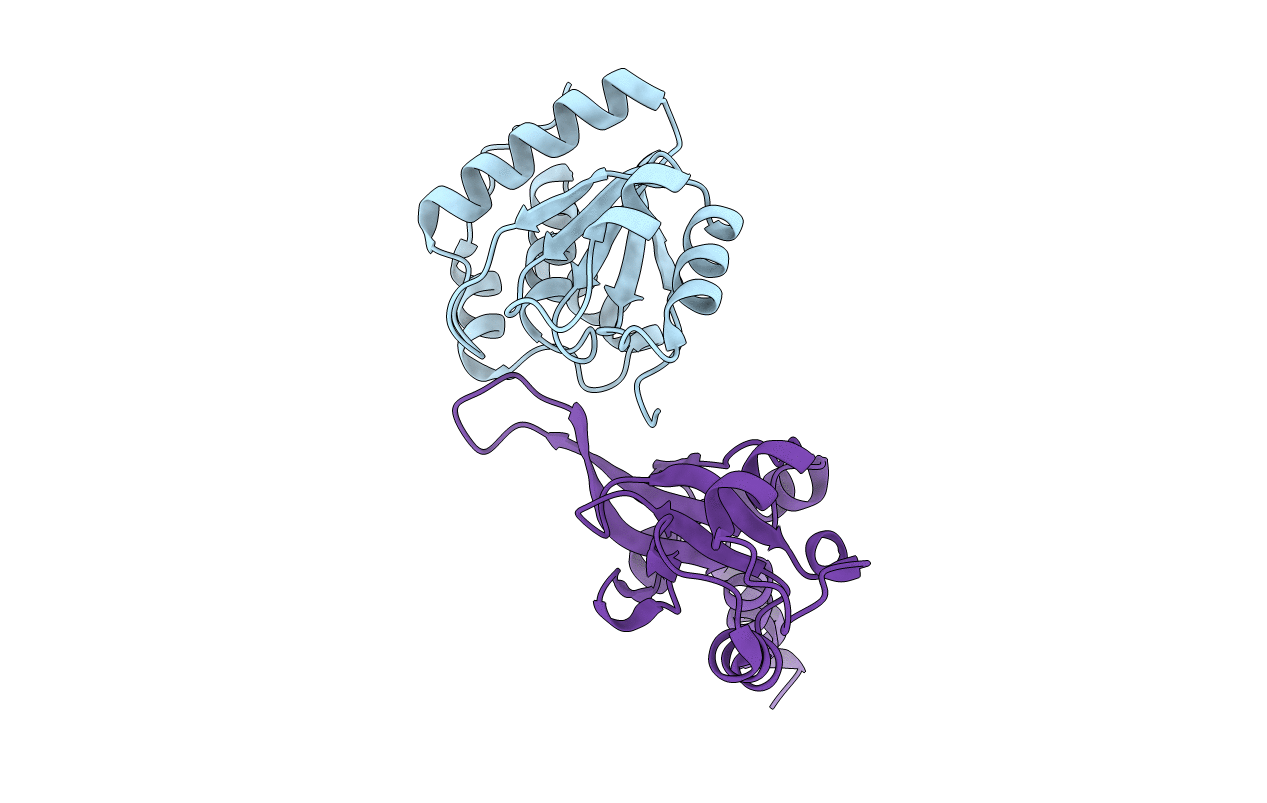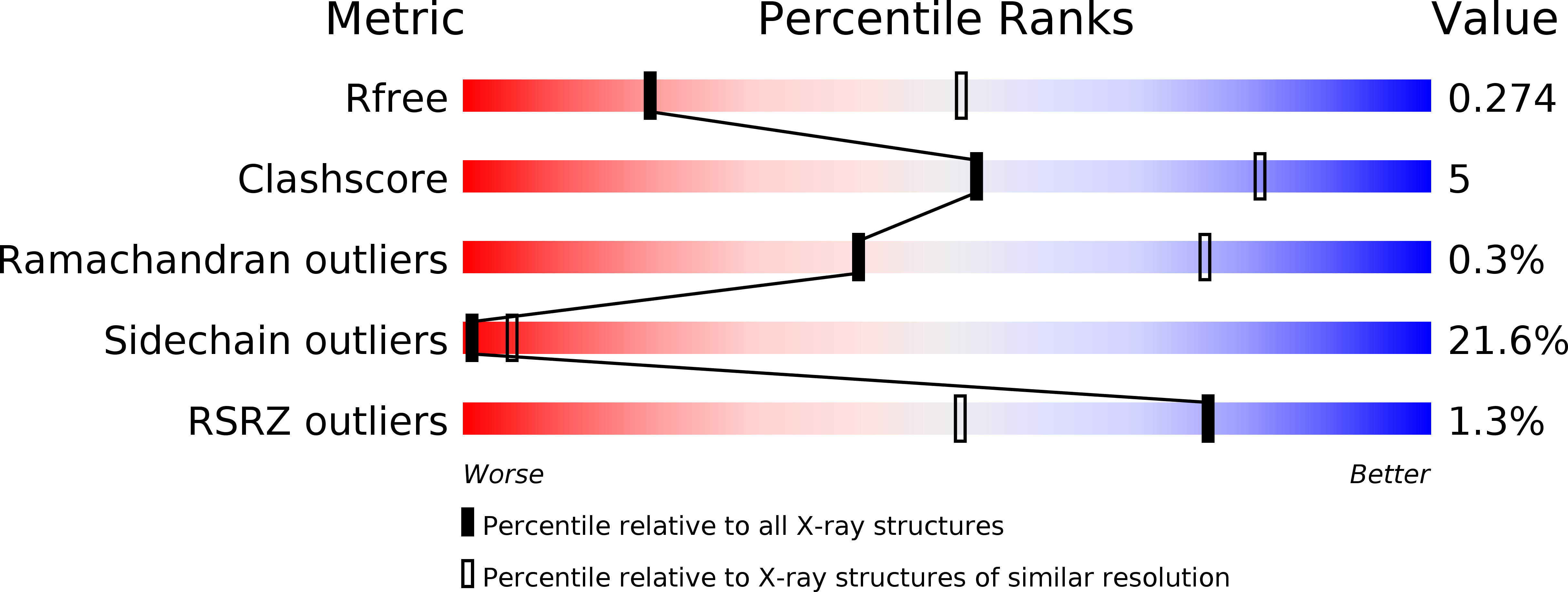
Deposition Date
2016-05-18
Release Date
2016-10-12
Last Version Date
2024-03-06
Entry Detail
PDB ID:
5K22
Keywords:
Title:
Crystal structure of the complex between human PRL-2 phosphatase in reduced state and Bateman domain of human CNNM3
Biological Source:
Source Organism:
Homo sapiens (Taxon ID: 9606)
Host Organism:
Method Details:
Experimental Method:
Resolution:
3.00 Å
R-Value Free:
0.27
R-Value Work:
0.23
R-Value Observed:
0.23
Space Group:
I 2 2 2


